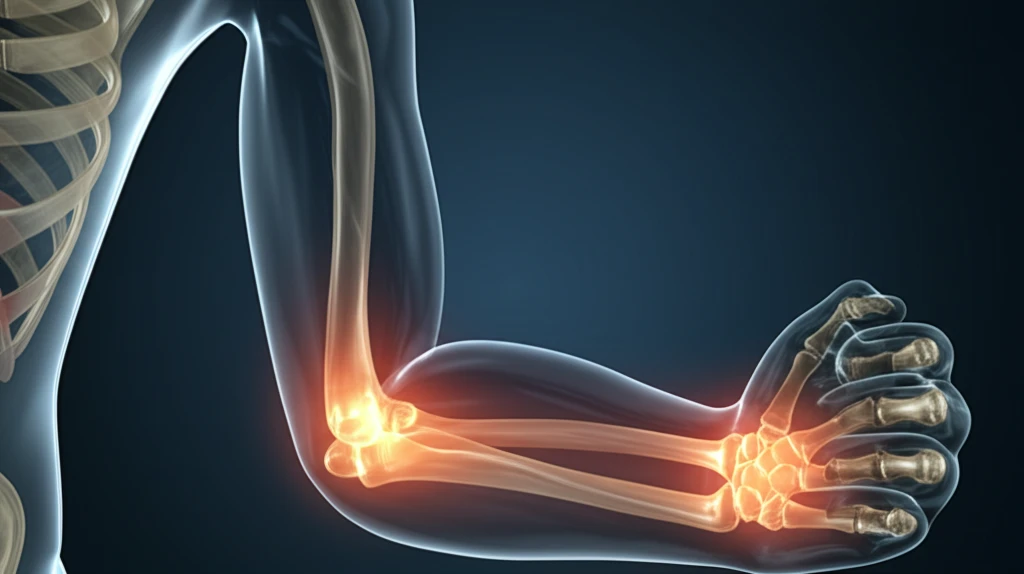
Is That Fracture Just a Little Bit Broken? Why Pediatric Elbow Injuries Need a Second Look
"MRI Scans Offer a Safer Way To Determine the Extent of Non-Displaced Humeral Condyle Fractures in Kids, Potentially Reducing Need for Surgery"
Elbow fractures are among the most common injuries in childhood, often resulting from playground tumbles, sports mishaps, or accidental falls. One particular type of elbow fracture, known as a non-displaced lateral humeral condyle fracture, presents a unique challenge for doctors. In these fractures, the bone may be cracked, but the pieces haven't shifted out of alignment by much, making it difficult to fully evaluate the extent of damage with traditional X-rays.
Traditionally, doctors have relied on X-rays to diagnose and manage these fractures. However, the elbow joint in children is largely made of cartilage, which doesn't show up well on X-rays. This limitation can lead to underestimating the severity of the fracture, potentially resulting in complications such as secondary displacement (where the fracture shifts later on), the development of non-unions (where the bone fails to heal properly), or the need for more invasive surgical interventions. For parents, this uncertainty can be unsettling, as they navigate the best course of treatment for their child's injury.
Now, a new approach using Magnetic Resonance Imaging (MRI) is offering a more precise way to assess these fractures. A recent study published in the Revue de Chirurgie Orthopédique et Traumatologique explores the use of MRI scans to get a clearer picture of the fracture's extent, potentially guiding treatment decisions and improving outcomes for young patients. Let's delve into how MRI is changing the game for pediatric elbow fractures and what it means for your child's care.
MRI: A Clearer Picture of the Break

The study, led by C. Thévenin-Lemoine and colleagues, investigated the use of MRI in children with non-displaced lateral humeral condyle fractures. The core question was whether MRI could accurately determine if a fracture was complete (extending all the way through the bone) or incomplete (only partially through). This distinction is crucial because complete fractures are more likely to become displaced and may require surgery, while incomplete fractures can often be treated with a cast alone.
- MRI could indeed differentiate between complete and incomplete fractures in most cases.
- Out of 25 interpretable MRI scans, 17 showed incomplete fractures, while 8 revealed complete fractures.
- In two cases where the MRI revealed complete fractures, secondary displacement occurred, leading to surgical intervention.
- There was no correlation between the child's age and the completeness of the fracture, highlighting the importance of imaging for all ages.
Making Informed Decisions for Your Child’s Elbow
The use of MRI in evaluating pediatric elbow fractures represents a significant advancement in orthopedic care. For parents, this means a more accurate diagnosis, a more tailored treatment plan, and potentially, a less invasive approach to healing their child’s broken elbow. While X-rays remain a valuable tool, MRI offers an additional layer of information that can lead to better outcomes and greater peace of mind. Discuss with your healthcare provider whether an MRI is right for your child's specific injury, and together, make an informed decision about their care.
